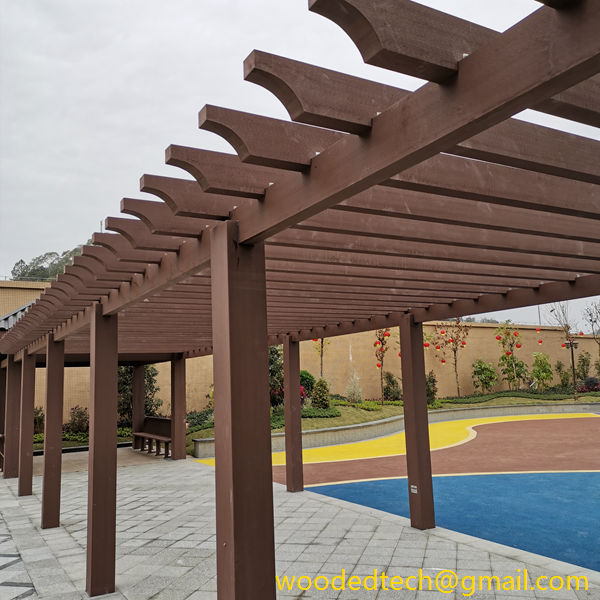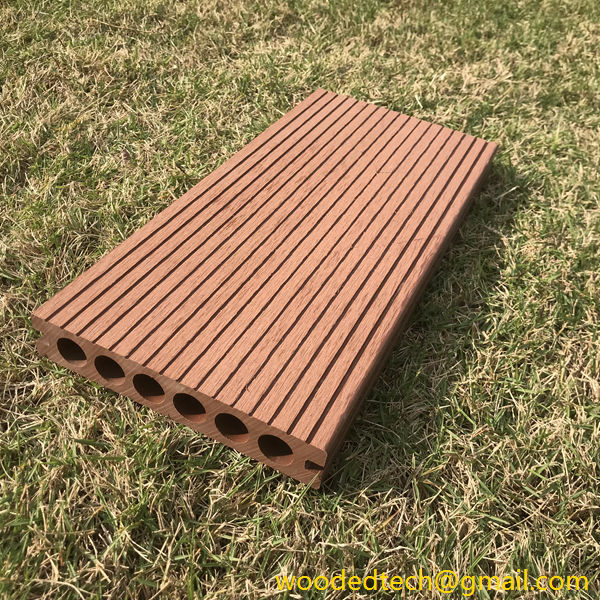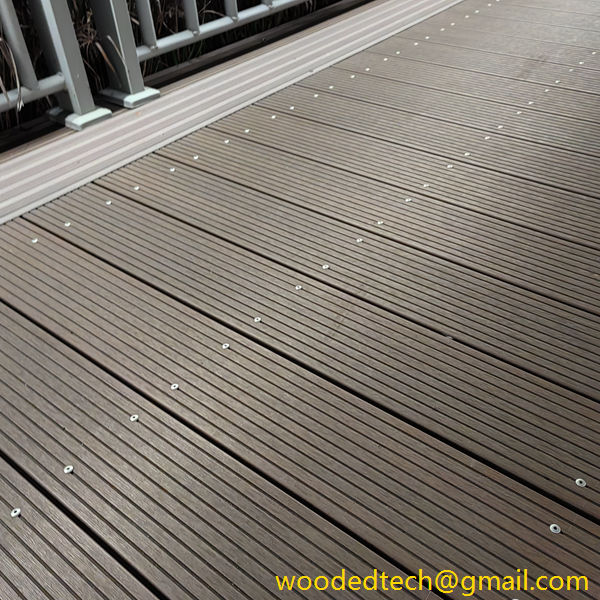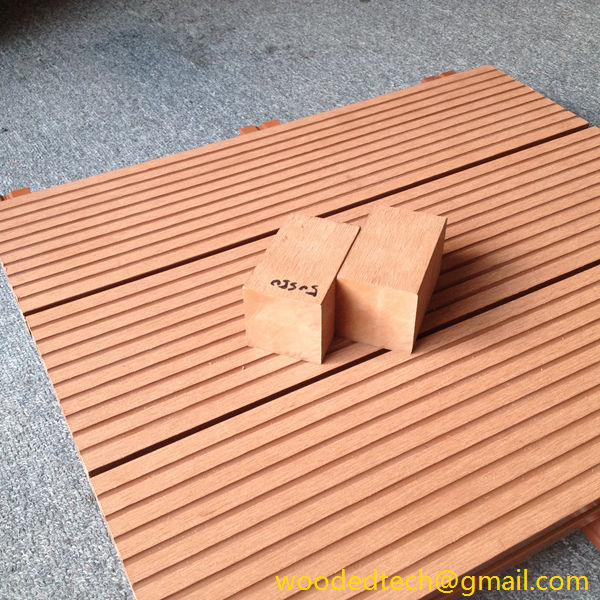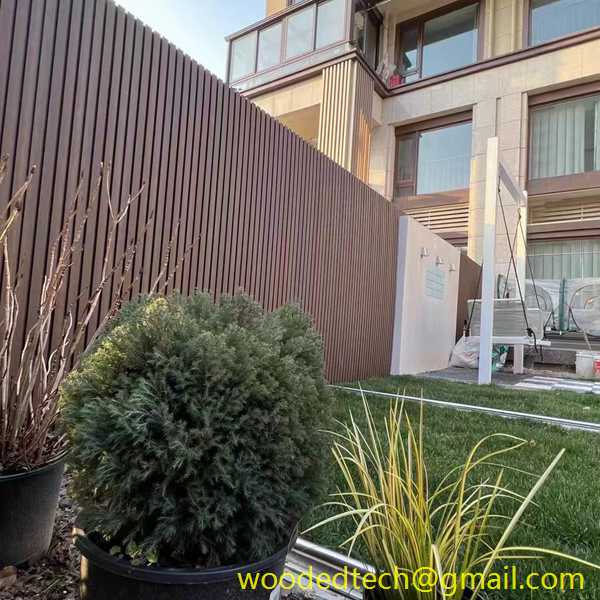Exploring Waterproof Exterior Wall Panels for Long-Lasting Protection
In the realm of construction and building design, waterproof exterior wall panels have emerged as a pivotal solution for long-lasting protection against the elements. As climate change intensifies weather patterns and increases the frequency of heavy rainfall, the demand for durable, water-resistant materials has surged. This article delves into the global distribution of manufacturing capacities for waterproof wall panels and examines how price advantages in different regions influence the market.
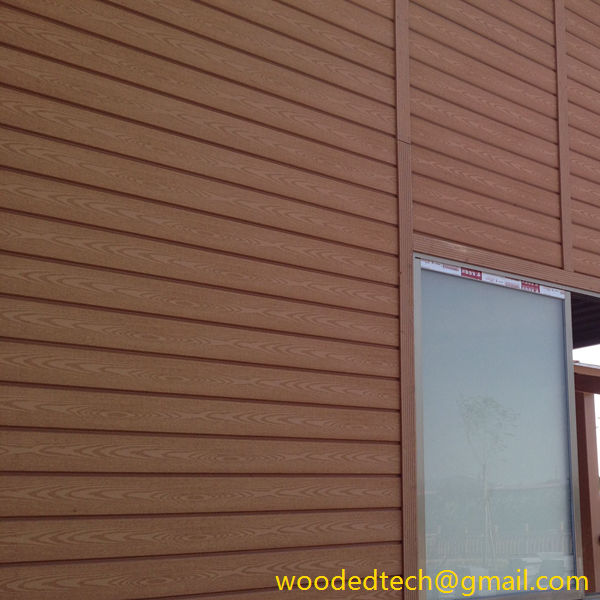
The global market for waterproof exterior wall panels is characterized by a diverse range of materials, including vinyl, fiber cement, metal, and synthetic options. Each of these materials offers distinct benefits in terms of durability, maintenance, and aesthetic appeal. However, their overall effectiveness in preventing water infiltration is a major factor driving their adoption in both residential and commercial construction projects.
Manufacturing capacities for waterproof wall panels vary significantly across different regions. North America and Europe have established themselves as leaders in the production of advanced materials, thanks in part to their robust technological infrastructure and stringent building codes that prioritize safety and longevity. In these regions, companies invest heavily in research and development, resulting in innovative products that meet the highest performance standards. For example, fiber cement panels, known for their resistance to moisture, fire, and pests, have gained popularity due to their ability to withstand extreme weather conditions.
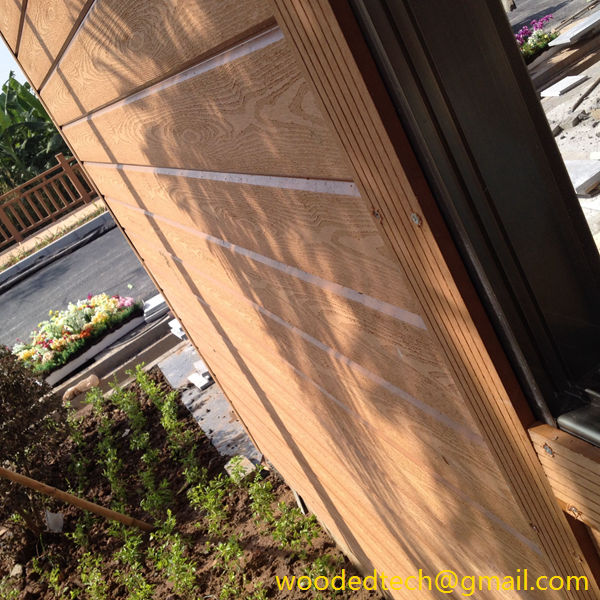
On the other hand, emerging markets in Asia and Latin America are rapidly increasing their manufacturing capabilities. Countries such as China and India are expanding production facilities to meet the growing demand for affordable and effective construction materials. The advantage of lower labor costs and abundant raw materials enables these countries to produce waterproof wall panels at competitive prices. This price advantage is particularly appealing to builders and developers looking to minimize costs while still ensuring quality and durability.
The distribution of manufacturing capacities also highlights regional preferences and trends. In North America, for instance, there is a marked preference for high-performance materials that offer long-term durability and energy efficiency. This trend is fueled by a growing awareness of sustainable building practices and the increasing importance of energy-efficient designs. As a result, manufacturers in the region are focusing on producing panels that not only provide waterproofing but also contribute to overall energy savings.
In contrast, many developing regions prioritize affordability and accessibility. Builders often seek cost-effective solutions that can be implemented quickly without compromising on quality. As a result, manufacturers in these regions may focus on producing basic waterproof panels that offer essential protection against moisture while remaining budget-friendly. This approach allows for rapid construction timelines, which is particularly important in areas experiencing rapid urbanization and population growth.
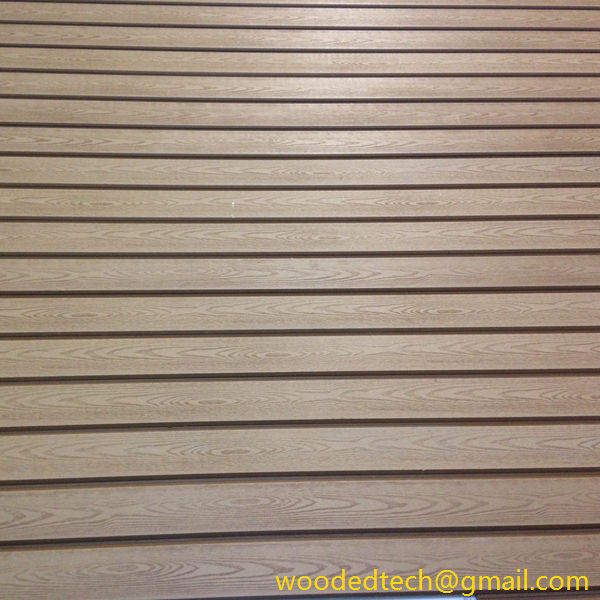
The interplay between global manufacturing capacities and pricing strategies also impacts the competitive landscape of the waterproof exterior wall panel market. Established manufacturers in North America and Europe often find themselves competing not only with local producers but also with international suppliers who can offer lower prices. This competition drives innovation and encourages companies to find ways to improve their products without significantly raising costs. As a result, consumers benefit from a wider range of options that cater to various needs and budgets.
Additionally, the global nature of the construction industry means that trends and innovations in one region can quickly influence practices in others. For example, the introduction of new waterproofing technologies in Europe may inspire manufacturers in Asia to adopt similar methods, leading to enhanced product offerings across the board. This interconnectedness fosters a dynamic market where the continuous exchange of ideas and technologies can lead to improved materials that offer better performance at competitive prices.
In conclusion, the exploration of waterproof exterior wall panels reveals a multifaceted market shaped by global capacity distribution and pricing advantages. As the demand for long-lasting protection against moisture grows, manufacturers across the world are adapting to meet the needs of diverse markets. The competition between established producers and emerging manufacturers fosters innovation, ensuring that builders and consumers have access to a wide variety of high-quality options. As the construction industry continues to evolve, waterproof wall panels will undoubtedly play a crucial role in enhancing the durability and sustainability of buildings worldwide.

